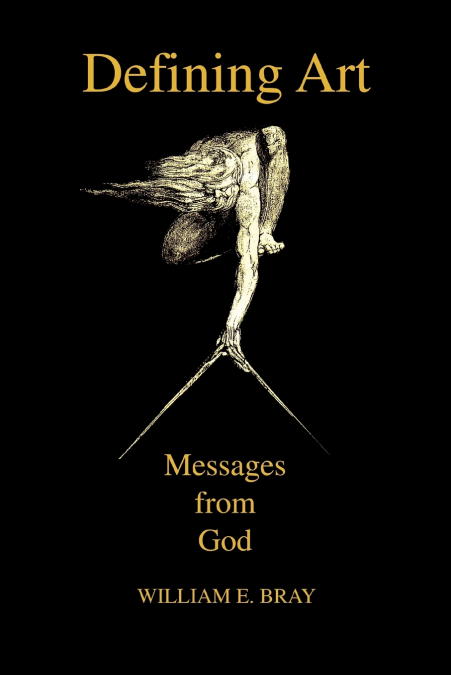
William E Bray
In today’s murky attempts to define art we see countless articles entitled 'Is this Art?' or 'What is Art?' Overlooked and forgotten is the definition of art simply provided by perhaps the founder of Western Civilization: Socrates. It is clearly stated in one of Plato’s earliest Dialogues ION. In it, Socrates playfully questions an arrogant young actor, who claims all the credit for his achievement citing his skills. Socrates, instead, suggests that he is chosen as a channel (one of a chain of 'divine' messengers) to deliver with force the message which came first to and through the poet (Homer), the first in the chain.The listener (audience) is the last in the chain, who becomes a messenger himself to take the message out into the world. Socrates is defining art as a process, whose origins and ultimate purpose is 'divine.' It is often overlooked by actors, who are urged to read Aristotle’s The Poetics, a how-to manual for wannabe actors, for its oversimplified 'step 1-2-3' which sometimes leaves the field of drama saturated with uninspired and uninspiring aspirants. In the end, it provides an empty set of exercises side-stepping the real nature of art, which is essentially mysterious and religious.Author William E. Bray provides for the reader an introduction to the Socratic definition of art, a simple test for determining what art is, an introduction to and adaptation of Plato’s Dialogue ION and 12 of his reviews of movies which provide 'food for the soul.' He brings ION, often neglected and ignored, up to date.